Common: Burning bush, winged spindle
The burning bush (Euonymus alatus) is a newcomer to the bonsai scene, but it is picking up steam for good reasons:
- The bark quickly takes on a deep-weathered look, making even young trees look aged.
- It is a vigorous grower in temperate climates.
- Blooms with abundant small flowers all over the canopy.
- The leaves turn vibrant red in the fall, making for a spectacular display.
Gardeners have long prized this species as an ornamental shrub due to its vigorous growth and fall displays. Still, there is not as much information on this tree as a bonsai specimen as you can find for more traditional species (like maple, juniper, etc.).
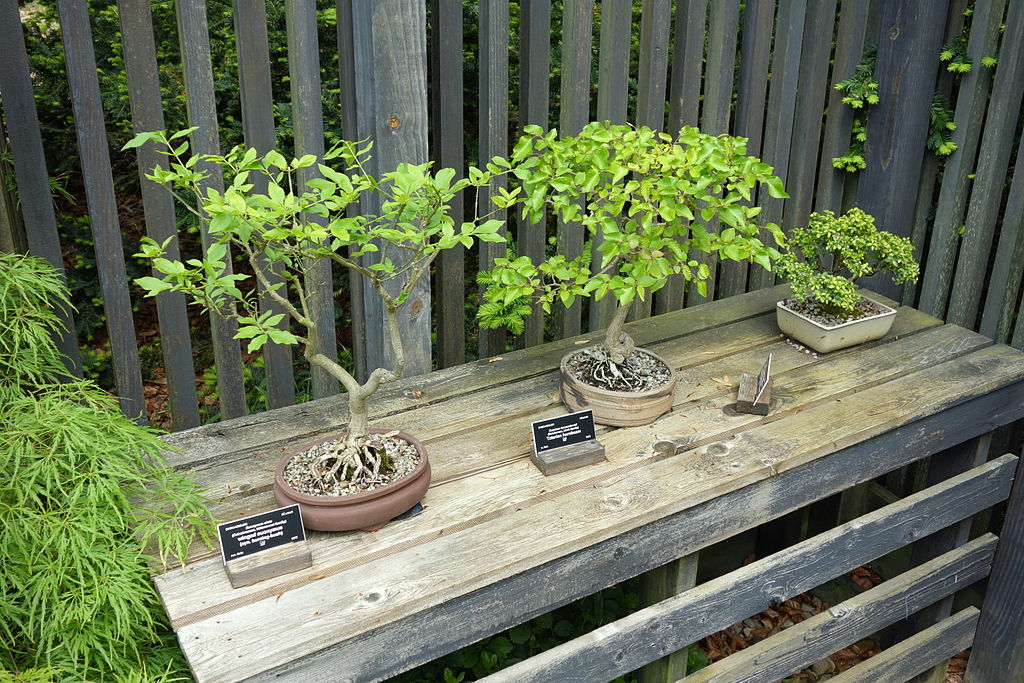
However, there are some downsides you should be aware of:
- All parts of the tree are toxic to humans and pets, and exposure or ingestion can cause severe discomfort. You should always wear gloves when handling and keep pets away.
- The tree is considered an invasive species in many temperate zones - particularly on the east coast of the United States. Many states have banned the sale of burning bushes. Since the tree is distributed through animals consuming berries, you can mitigate the spread risk by picking and destroying them before they ripen.
People know the Euonymus alatus by several names, mainly marketing names for the ornamental bush version, including winged spindle, Moses bush, and most famously, the burning bush. This article is about the Euonymus alatus and the smaller dwarf burning bush cultivar Euonymus alatus compactus.
Burning Bush in Nature
If you want to create the right environment for a bonsai, it is crucial to understand the natural environments where the tree thrives. A basic understanding can guide you to make decisions about the tree's care even when you can't find experienced guidance for a specific question or concern.
The burning bush is a small, deciduous tree native to the temperate zones of China, Japan, and Korea. It has been introduced to temperate regions as an ornamental bush but has become naturalized and considered invasive in many areas.
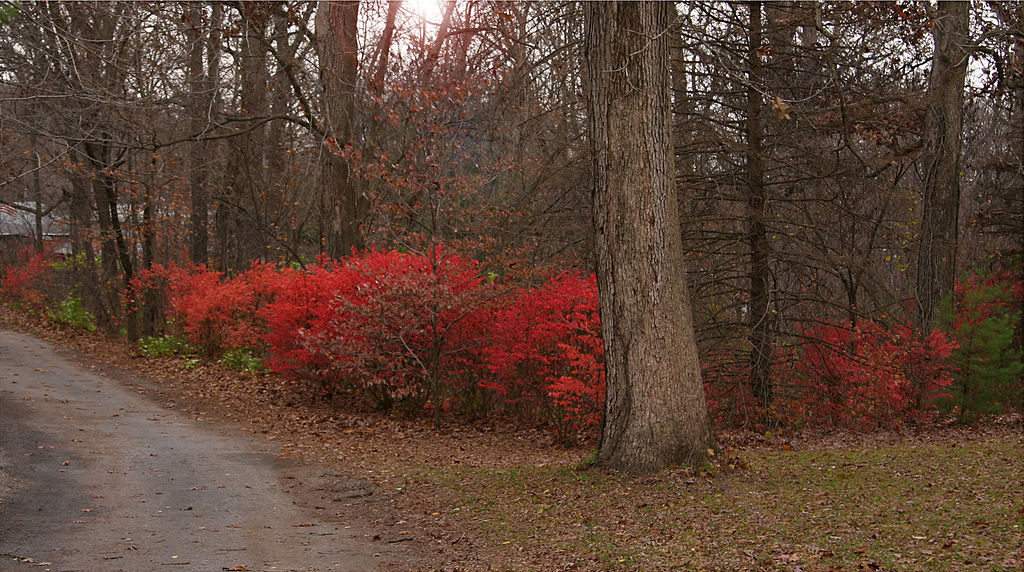
The shape is generally rounded, with the canopy diameter can be even bigger than the height at 1.5–2.5M (5-8'). As a deciduous tree, the burning bush will lose its leaves every year after it puts on a dazzling show of red in the fall. As a temperate tree, it requires a cold season each year and is listed USDA hardiness zones 4-9, making it suitable as an outdoor bonsai in areas with average lows below freezing down to -35C (-30F).
In their native habitat, the scrublands of northeast China, many areas are relatively dry but may have seasonal flooding. It is a low-laying area dominated by deciduous species like maple, birch, elm, ash, scrub oak, buckthorn, hazel, hawthorn, and a mix of red pine.
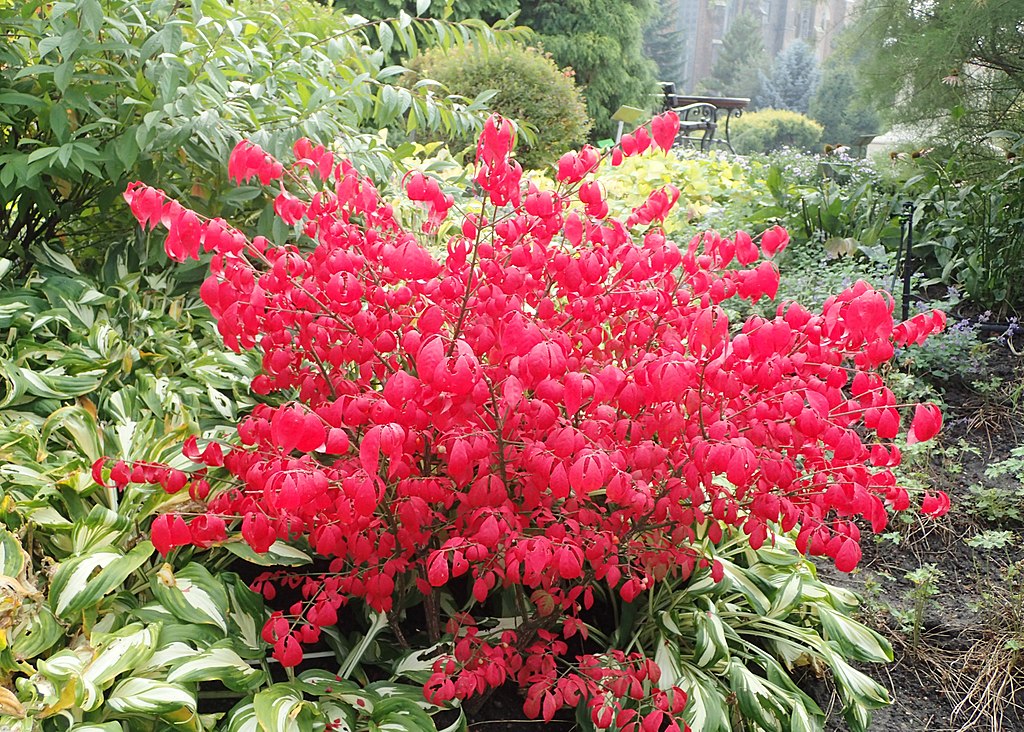
The soil in the area is so fertile that people have cleared the vast majority to make way for farmland. In places where the tree has become naturalized, like the eastern forests of the United States, it thrives in similar environments: deciduous scrublands and forests populated by native species like maple, oak, birch, ash, poplar, and scrub pine. It does well in wet to semi-dry conditions and is drought tolerant.
Lighting
Burning bush trees do best in full sunlight to partial shade. For best results, position them to get as much sun as possible. Providing some shade during the hottest part of the day is a good idea during the hottest months.
Temperature & Humidity
Burning bushes are outdoor bonsai because they require intense sun in the summer and cold winters where the average low is below freezing in the winter. They are an extremely hardy plant, rated for USDA zones 9-4, and can live where the average low goes down to -35C (-30F).
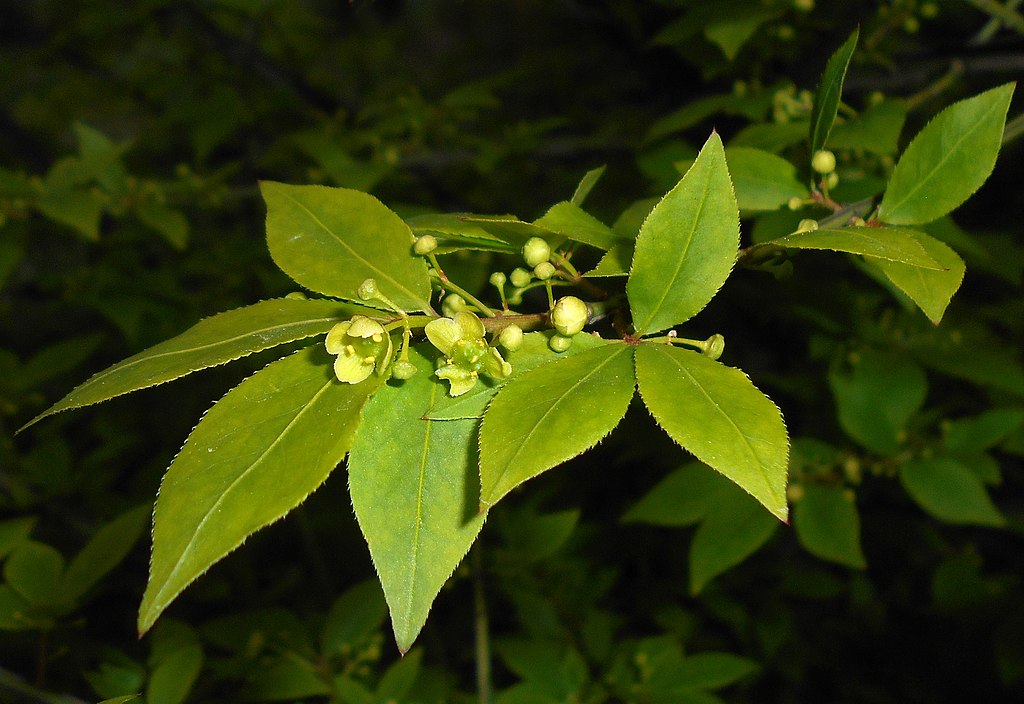
Soil
Burning bush trees in their native habitat grow in reasonably fertile, slightly alkaline soils that can flood seasonally. The trees are versatile though and can grow in many types and textures of soils. You will want to be more careful with your bonsai version since it grows in a very constrained space. A safe bet is to use commercial bonsai soil since it is free-flowing and excels at developing roots in small spaces.
With that said, you can easily mix your own if you know what you are doing. The essential aspects of good soil are:
- Loose - Compacted soil won't let the roots breath
- Free Flowing - Waterlogged soil will rot the roots
Burning bushes do well in soil with ample inorganic materials like pumice, lava rock, vermiculite, and perlite because these materials are lightweight, free-draining, and provide excellent aeration. Burning bush bonsais, especially young ones in training and pre-bonsai states, also benefit from organic matter mixed in the soil. We recommend a mix of 70% inorganic material (pumice, lava, vermiculite, sand, etc.) and 30% organic materials (pine/fir bark, coco coir, peat moss, composted forest products, etc.).
Burning bush are native to regions with slightly alkaline soil pH, between 7 and 7.5 but are tolerant of more acidic soils. Adding peat moss or pine bark will lower pH (more acidic), and adding lime will raise the pH (more alkaline). Use caution when adjusting pH, and be sure to test your soil since you can easily create an environment too alkaline or too acidic for the plant to survive.
Water
Almost all bonsai can follow the same rule of thumb for watering: let the soil mostly dry out between waterings but do not let it completely dry out. For summertime, you may need to water every day, depending on the size of the container, or even multiple times a day. While the weather is cool or the plant is dormant, watering will be less frequent.
Make sure to water entirely every time you water until it runs from the bottom of the pot. Water running through the drainage holes will help ensure that all of the soil gets wet so the roots will expand to the entire potting area, and the runoff will help remove excess salts left by chemical fertilizers.
This bonsai is a fast grower and a heavy drinker, so check it frequently.
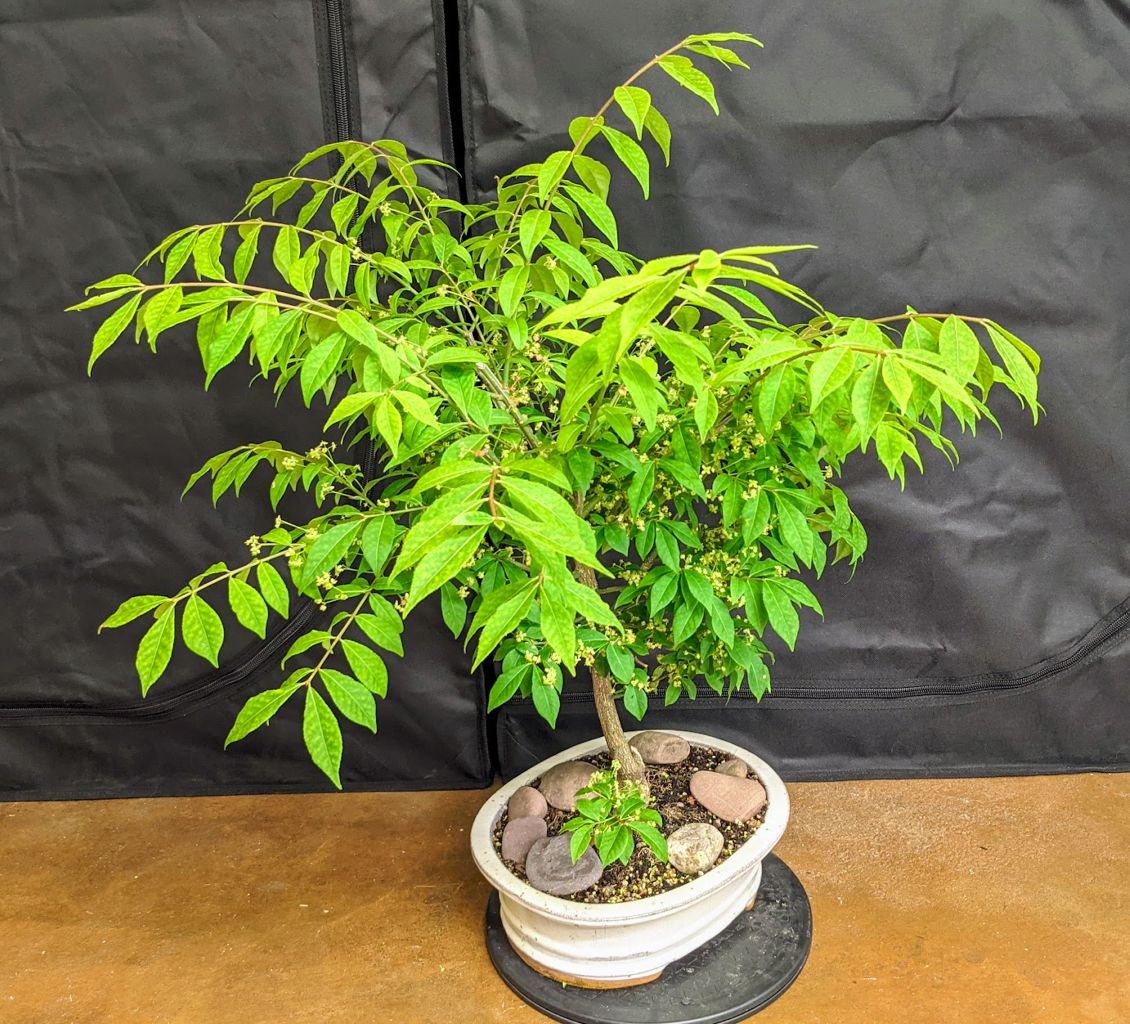
Fertilizer
Burning bush bonsai grow best when there are ample nutrients available. Apply a balanced, water-soluble fertilizer once a week during peak growing season and once a month during the cooler seasons. Always follow the manufacturer's instructions; overfertilizing can burn the tips of the leaves, and under-fertilizing can cause sluggish growth and can eventually kill your bonsai.
Repotting
The burning bush is a vigorous root grower who will quickly fill up their pot. You should check your pot at least once a year and repot if they are root-bound. They respond well to root pruning, and you can easily create a radial root base.
Pruning & Wiring
When pruned, burning bush bonsai responds with fair back budding and will produce new shoots after a hard cutback. This tree does not set buds continuously; new buds emerge only in the spring. Most literature on the ornamental bush says to cut them back once a year in the fall.
Always sanitize your tools before and after pruning any bonsai to reduce the risk of infection or cross-contamination. While these trees can be wired, growers often shape them without the need for wiring using clip-and-grow techniques.
Propagating
Burning bushes can be propagated from semi-hardwood cuttings, though cuttings do not root as reliably as some other trees. You will need to remove most of the leaves since the cutting will not have a root system to support the water required for photosynthesis until it develops roots. Place the cuttings into moist soil in a humid environment and mist them while growing roots. Cuttings from this tree will only root in warm weather. Please keep them in low light until they grow enough of a root system to support photosynthesis, which takes between 10 days and three weeks.